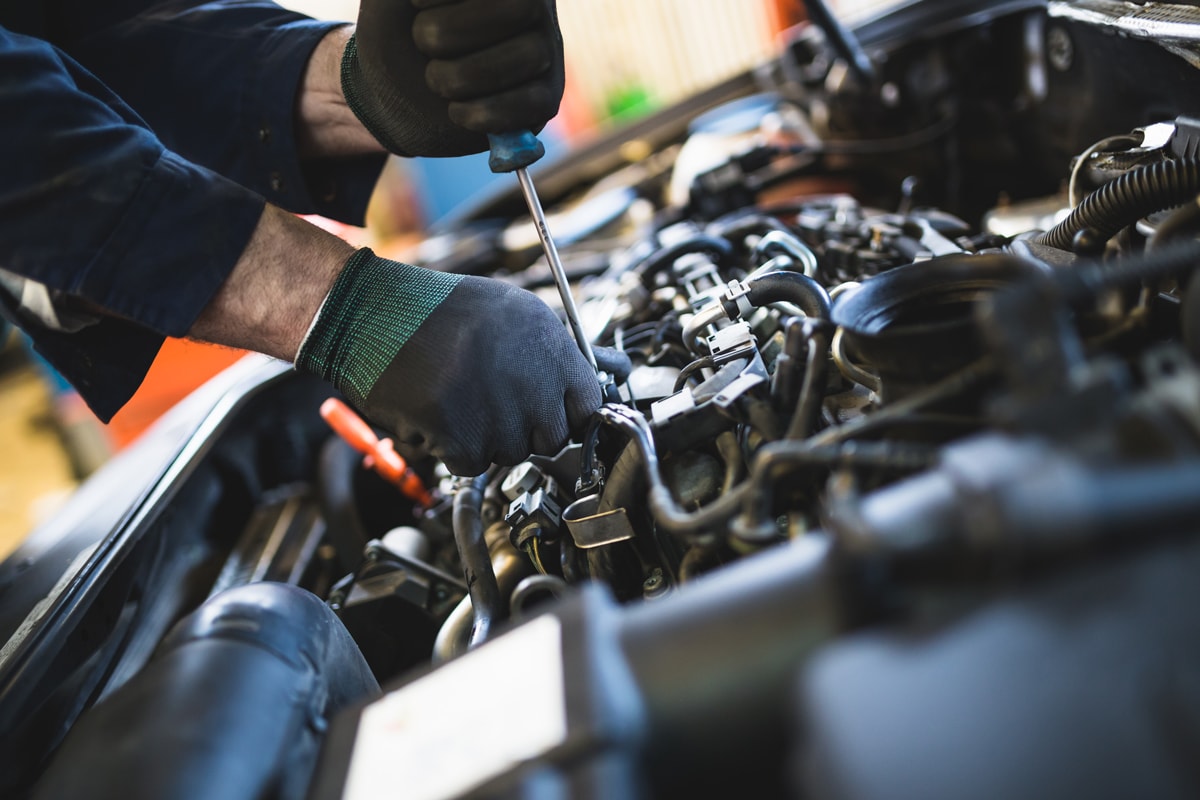All Categories
Featured

The check engine light (CEL) is just one of one of the most important caution systems in your cars and truck, yet it usually creates complication or fret for numerous vehicle drivers. Understanding what this light represents and how to handle it can save you time, cash, and unnecessary stress. This overview provides a review of what activates the CEL, its possible effects, and the actions you should take when it illuminate.
What Does the Inspect Engine Light Indicate? The CEL is part of your cars and truck's onboard diagnostics system (OBD), which checks engine efficiency and emissions. When the system spots a concern that needs your focus., it lights up.
Strong Light: Signals a non-urgent trouble yet one that ought to be resolved soon, such as a sensing unit breakdown or emissions-related problem. Blinking Light: Suggests a critical issue like an engine misfire. Driving in this condition can trigger severe damage, so instant action is necessary. Usual Root Causes Of the Inspect Engine Light. The CEL can illuminate for a vast array of factors, some small and others extra severe. Right here are a few of one of the most constant reasons:

Loose or Damaged Gas Cap:
A loosened gas cap can compromise the fuel system, triggering the CEL. When the light comes on, monitoring and tightening up the cap is a simple first step. Faulty Oxygen Sensing Unit:
This sensing unit checks the air-to-fuel ratio in your engine. A breakdown can reduce gas effectiveness and increase exhausts. Malfunctioning Catalytic Converter:
The catalytic converter helps in reducing hazardous exhaust discharges. Neglecting other engine problems, like misfires, can bring about catalytic converter damage. Trigger Plug or Ignition Coil Concerns:
These parts are crucial for starting and running your engine smoothly. Regular maintenance can stop wear and failure. Mass Airflow Sensor Issues:
This sensing unit determines the amount of air going into the engine to ensure ideal efficiency. A defective or dirty sensing unit can reduce efficiency and power. Steps to Take When the Check Engine Light Begins. Examine the Gas Cap:
See and tighten the cap if the light transforms off after driving a few miles. Observe the Lorry's Habits:
Keep in mind any kind of unusual symptoms like rough idling, reduced power, or unusual noises. Scan the Codes:
Make use of an OBD-II scanner to get trouble codes kept in your car's computer system. Several car parts shops supply this solution absolutely free. See an Auto Mechanic:

If the light remains on or is blinking, take your vehicle to a professional for a thorough medical diagnosis. Stopping Inspect Engine Light Issues. Aggressive upkeep is the most effective means to prevent CEL problems. Adhere to these suggestions:
Stick to a Normal Upkeep Arrange: Modification your oil, replace filters, and check spark connects on time. Examine the Gas Cap: Replace harmed caps to avoid leaks in the fuel system. Use High Quality Fuel: Poor-quality fuel can contribute to sensing unit and discharges problems. Why Prompt Activity Matters. Neglecting the CEL can lead to more serious troubles, such as engine damage or pricey repairs. A little issue like a loosened gas cap can snowball into a significant cost if overlooked.
Conclusion. The check engine light is an important tool for maintaining your car's health and wellness. By recognizing its purpose and responding quickly, you can prevent unnecessary fixings and maintain your auto running efficiently. The following time the CEL comes on, bear in mind to remain tranquil, inspect the essentials, and get in touch with an expert if required.
Latest Posts
Uncover the Best Auto Repair Deals in Montclare, Chicago
Published May 27, 25
1 min read
How to Know When Your Car Needs Skilled Auto Repair at Montclare Auto Repair
Published May 27, 25
1 min read
The Benefits of Regular Car Maintenance at Montclare Auto Repair Reduces Costs
Published May 22, 25
1 min read
More
Latest Posts
Uncover the Best Auto Repair Deals in Montclare, Chicago
Published May 27, 25
1 min read
How to Know When Your Car Needs Skilled Auto Repair at Montclare Auto Repair
Published May 27, 25
1 min read
The Benefits of Regular Car Maintenance at Montclare Auto Repair Reduces Costs
Published May 22, 25
1 min read